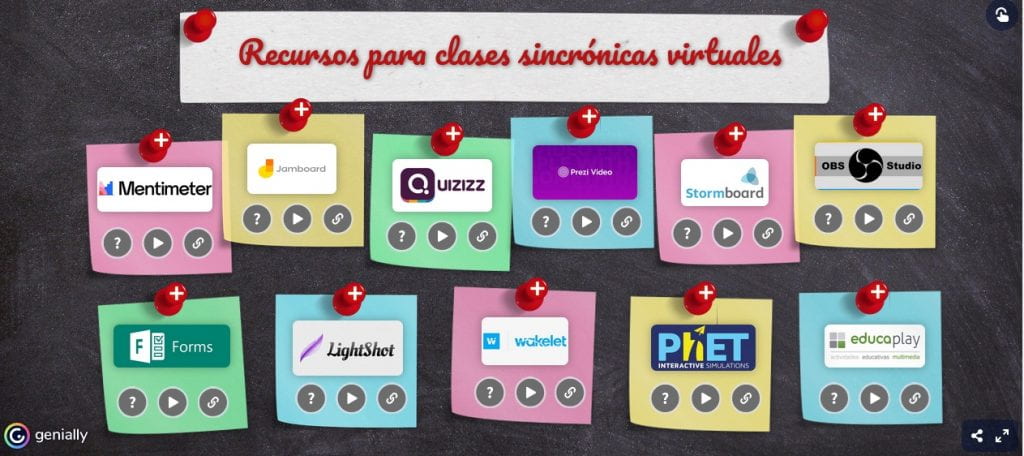“Education remains a positive, significant, and profitable investment for individuals. On average, another year of education produces a private rate of return to schooling in excess of 5−8% a year. As such, there are few better investments one can make.”
Principles of instruction
Something with extensive research on it and based on more then 200 years experimental findings can be summarized on these principles (Merrill, 2007):
- Task centered approach;
- Activation principle (prior knowledge);
- Demonstration Principle;
- Application Principle;
- Integration Principle;
This can be more concrete: prepare pupils to be ready; present the new lesson; associate it with prior knowledge; use examples; test pupils to ensure they learn it;
4C/ID is one of instructional blueprints that facilitate the integration of those principles.
For multimedia learning, you can have this concrete sets of guidance lighthouses:
- Students learn better from words + pictures presented simultaneously than just words or picture and words in successively different pages;
- Extraneous materials should be excluded;
- Animation + narration is better then narration + on-screen text;
- Design effects are stronger for low-knowledge learners then for high-knowledge learners, and for high-spatial learners;
But if you want to start with small but efficient principles, follow the minimalist van Meij, 1998 proposal:
- Provide an immediate opportunity to act;
- Select real tasks for the learning activities;
- Verify if the tasks are consistent with the overall task;
- Prevent mistakes;
- Provide error information;
- Be brief;
- Provide a closure for chapters;
- Respect the user;
- On the spot error info
- Encourage exploration and innovation.
sources: Prescriptive Principles for Instructional Design, MERRIL; BARCLAY; SCHAAK; p.173, Handbook of Research on Educational Communications and Technlogy, third edition, 2011
Merril 2007:
https://mdavidmerrill.files.wordpress.com/2019/04/task_centered_strategy_published.pdf
https://mdavidmerrill.files.wordpress.com/2019/04/firstprinciplessynthesis.pdf
Research Reason’s for adopting bLearning
Research reason’s for adopting bLearning:
- Improvement of learning effectiveness: student and faculty satisfaction (impact on learning and workload, in spice of the fact that in the beginning there is an enormous workload); student success, less drop outs, increase success rates and improvement on skills;
- Increase access and convenience ;
- Greater cost effectiveness: it may occur a drop in cost but its not guaranteed;
Success of the bLearning depends on the institutional support, student and faculty centered approaches and the teacher training in this areas: Instructional models; staff development; course structures; assessment designs; trail and error mind set;
Dangers: domesticating tech to support old practices;
Source: Handbook of Research on Educational Communications and Technology, Third Edition, Edited by SPECTOR, J. Michael; MERRIL, M. David; MERRIENBOER, Jeroen; DRISCOLL, Marcy; 2011, p.269, Blended Learning Environments, GRAHAM, Charles; DZIUBAN, Charles;
Sloan’s Consortium Five Pillars
THE LEARNING EFFECTIVENESS PILLAR
THE SCALE PILLAR
THE ACCESS PILLAR
THE FACULTY SATISFACTION PILLAR
THE STUDENT SATISFACTION PILLAR
Source: https://onlinelearningconsortium.org/about/quality-framework-five-pillars/

